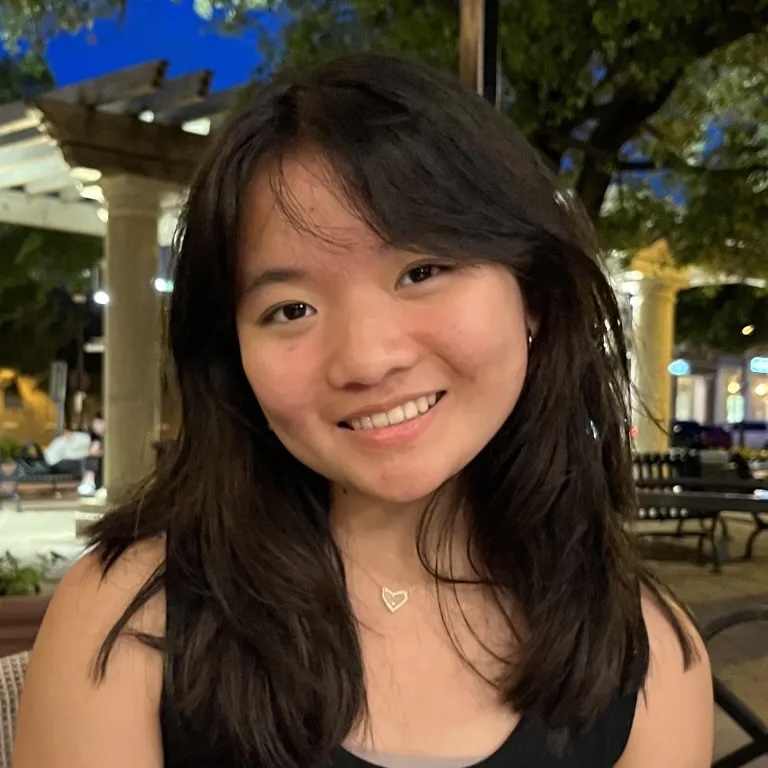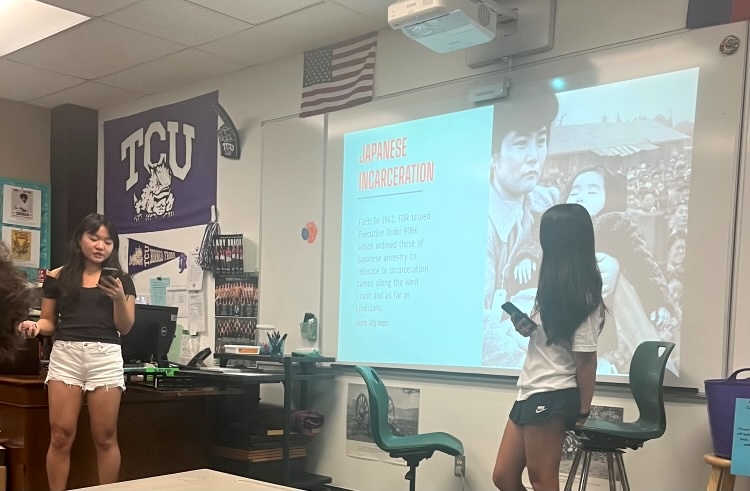In the spring of my fourth-grade year, I was hit with a rock. The slurs and mockery that followed from my mostly white classmates left an indelible scar, but it was the subsequent years of implicit stereotypes and subtle acts of derision that left a far more lasting wound.
Throughout my childhood, my skin color, chubby cheeks, and flat nose amalgamated into an unrepresentative mask of me. I was cast as the “smart, socially awkward Asian,” perpetually left as the side character: a friend, a classmate, and a coworker. In the schoolyard, I often watched my white friends run freely through the playground as I was forced to sit out.
My ethnic identity had become a label, creating an ever-widening gulf between my cultural heritage and the identity I was settling into, one of quiet assimilation. I adapted my actions and words to blend seamlessly into the world around me, silencing my voice and suppressing my differences.
I did everything in my power to continue that division.
My story is akin to those of other Asian students who struggle to balance academic success against a “rigid backdrop of stereotypes” that paint us as “perpetual outsiders,” as Canadian sociologist Mythila Rajiva describes it.

Yet as I’ve grown older, I’ve come to see more clearly how racism and the normality of race discrimination in our schools deeply affected my relationship with my identity, a process of understanding that only happened outside of my home, where race was rarely a topic of conversation.
High school was my first personal exposure to cultural clubs, an opportunity to see how my peers from other backgrounds were able to connect with their culture and thus find a sense of belonging and acceptance. Initially, I worried about joining a club that celebrated my “Asianness” because I didn’t want to be seen as “too Asian.”
But by my junior year in high school, I understood the need in schools for more spaces for minority voices, spaces that allow for more collaboration between young people confronting similar challenges around questions of race and identity.
I applied to become a chapter leader with AAPI Youth Rising, a student-led group with chapters in 35 states that advocates on behalf of Asian American and Pacific Islander students. Despite my doubts about assuming such a significant responsibility and the ongoing struggle with my sense of self, I felt a strong pull to this role.
Prior to our first few meetings, I would spend hours with the chapter’s co-president to curate activities that were not only educational but more importantly, fun and engaging. Yet, in the back of my mind, I couldn’t help but feel the ever-present pressure to ensure that our activities weren’t “too Asian.”
I had grown up in an environment that taught me my cultural heritage was a quality that other people ignored or tried to look past, rather than a part of me that was accepted or even celebrated. However, as our first few meetings unfolded, I felt that my confidence grew, not only in the club itself but in my own identity.
The turnout was astonishing; I saw faces I didn’t even recognize, all eager to engage in our discussions and activities, and met with club members asking how they could further help with the chapter’s goals. It was inspiring to witness so many people coming together, each bringing their own stories and perspectives.
I had previously thought I needed to be fully comfortable in my identity before I had any authority to lead others to do the same, but truthfully, I realized that embracing my journey—complete with its uncertainties and complexities—was what gave me the authenticity to guide others.
As a chapter leader, my team and I help promote cultural understanding and inclusivity by providing a platform for youth to celebrate the richness of Asian American heritage and history through engaging discussions, art, and history lessons. Through these meetings, we educate our peers about significant historical events such as the Chinese Exclusion Act and Japanese Incarceration, while also addressing harmful stereotypes such as the Model Minority and Perpetual Foreigners myths.
We help connect youth across cultural backgrounds and provide a space to amplify Asian American voices, a space that had not previously existed.

One example of that is the 1 Day of AAPI History lesson initiative, which aims to highlight the often-overlooked contributions of Asian American historical figures such as Fred Korematsu, whose groundbreaking 1944 court case challenged the internment of Japanese Americans, and Grace Lee Boggs, whose activism and writings profoundly influenced social justice movements.
The lesson, launched in 2021 and already having been taught in more than 52,000 schools nationwide, seeks to illuminate the profound impact of AAPI figures on our country and society and encourage future generations to recognize and honor their legacies.
Not surprisingly, there was criticism from some corners, from students who were more comfortable with ridiculing individuals or groups than taking the time to learn something new. But this just served as a reminder of the persistence of stereotypes and covert microaggressions, and of the constant need to combat them.
Whether around issues of climate, international conflict or questions of social and racial justice, the burgeoning activism among youth across America offers a compelling testament to the undeniable signs of progress.
As the 2024 election approaches, discussions over our nation’s racial divisions – which can reach a fever pitch, especially on social media – often overshadow the opportunities for constructive dialogue and unity that young people are creating.
And despite deeply entrenched systems of racism and the continued staying power of detrimental stereotypes, young people today are envisioning and demanding more inclusive communities.
The challenges they face only highlight their resilience.
Hana Parker is a chapter leader with AAPI Youth Rising, a student-led advocacy group promoting awareness of AAPI history in US classrooms. She lives in Texas. (Photo via AAPI Youth Rising)




